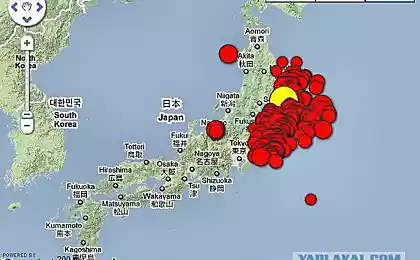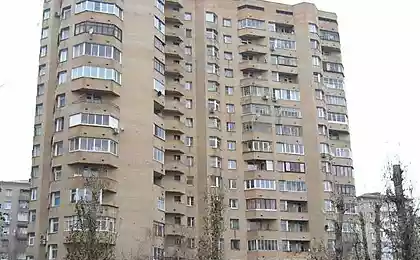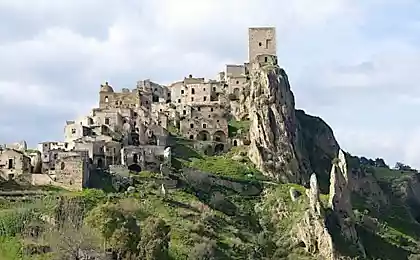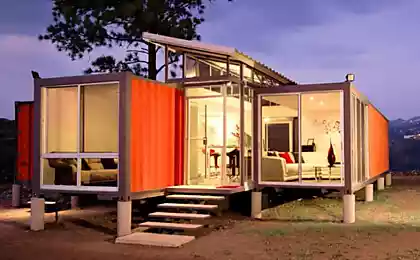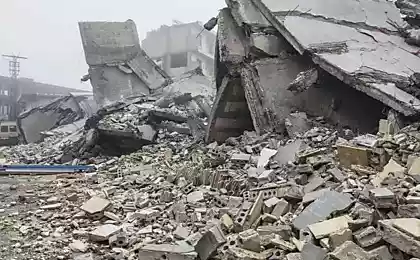411
Why are Japanese houses so unusual
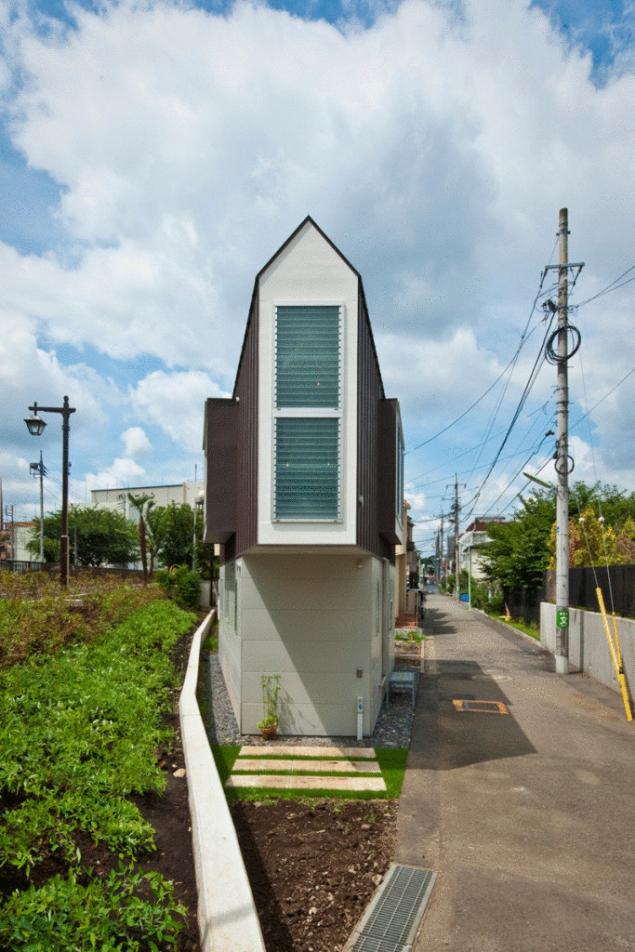
In Japan, the house is almost worthless soon after they were built
disposable houses in Japan has led to the perverse situation in the market where construction is in a perpetual race constructing countless houses. This also led to emergence of a huge number of architects that are focused on customers who want to create a new home that reflects their lifestyle.
According to the International Union of architects, Japan has almost 2.5 architect per 1,000 inhabitants, while the UK has only 0,5 architect per 1000 inhabitants. The US has only 0.33 architect per 1000 inhabitants and Canada is 0,22%. In other words, Japan has 11 times more architects per capita than Canada.
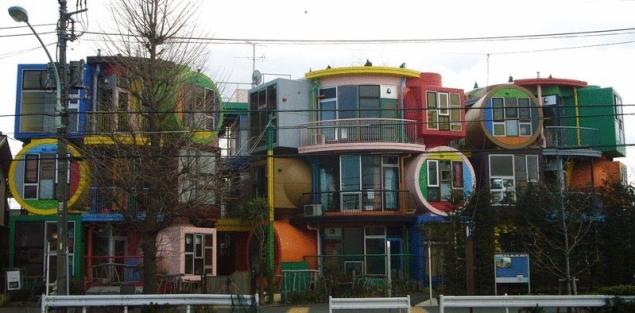
The government also promotes obsolescence of home designs upgrading the building codes every ten years due to earthquake risk. Forcing people to constantly reconstruct their houses, or throw in most of the cases.
This is good news for the Japanese economy, but less good for homeowners. They seem to have accepted the situation, however, often neglect to properly maintain your home, because I know that he is on track for demolition. But the real victim is the environment: replacing the entire housing for one generation means a heap of debris.
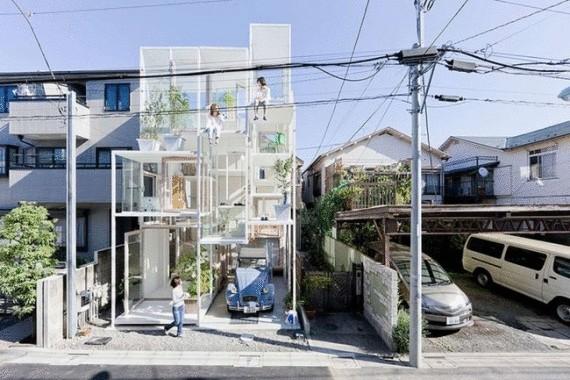
At the time, as these unique circumstances in Japan helped to create some of the most unique houses on the planet, there is an inherent wastefulness in the practice of demolition and reconstruction, which may even be the cause of the economic downturn in Japan. According to Richard Koo, an economist from Tokyo, a continuous cycle prevents the family from creating assets of real estate, people often sell their homes for less than they paid, he calls the construction of the "affluent society".
Source: rodovid.me











